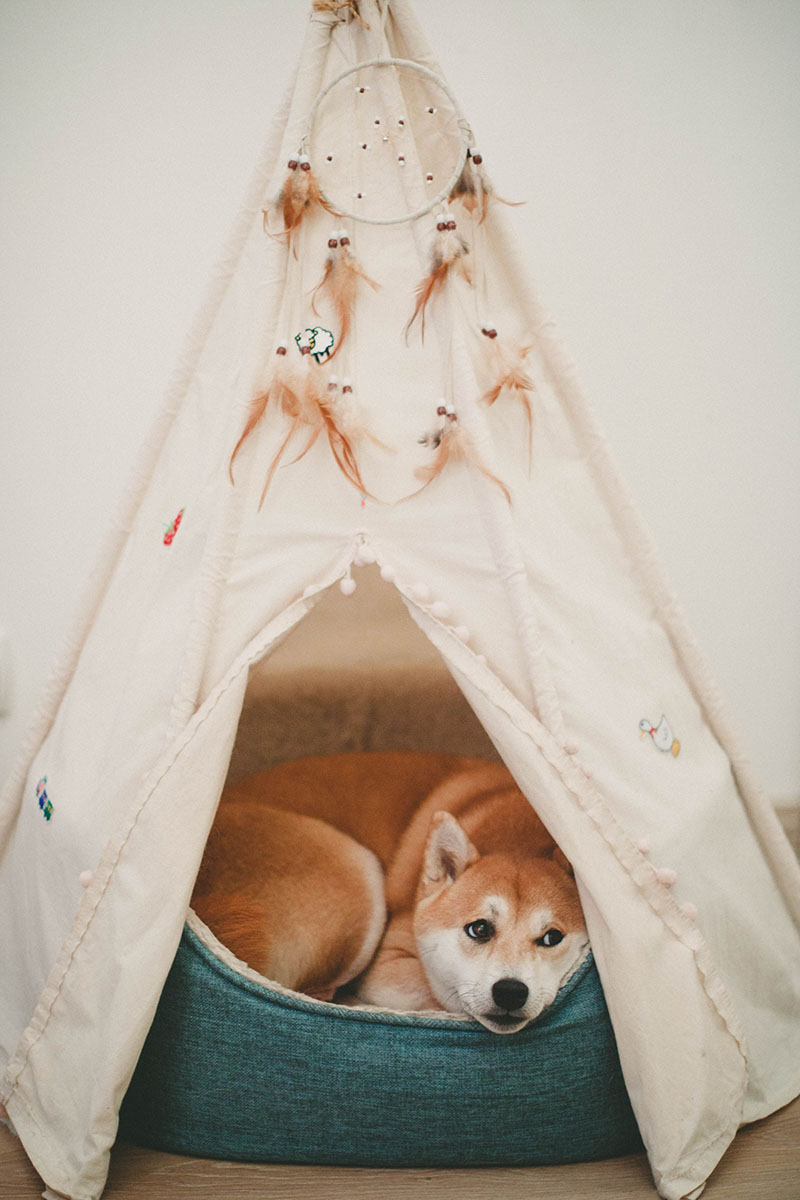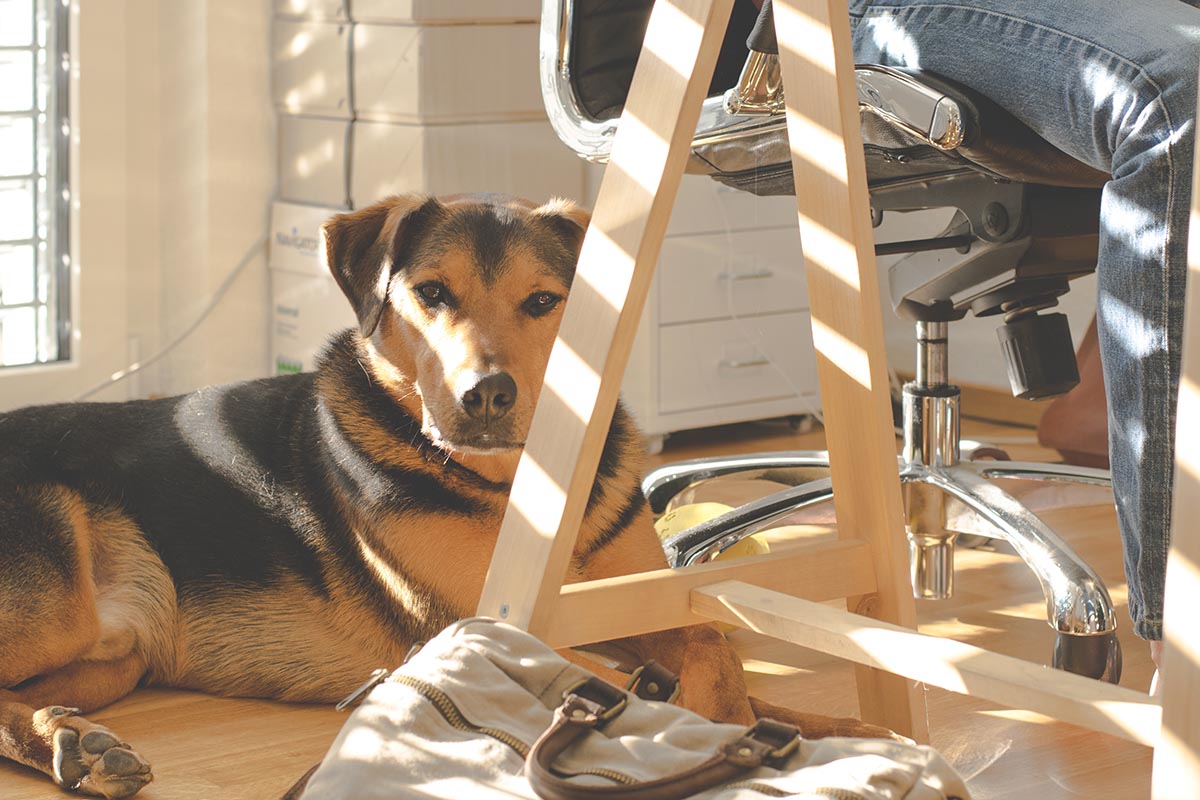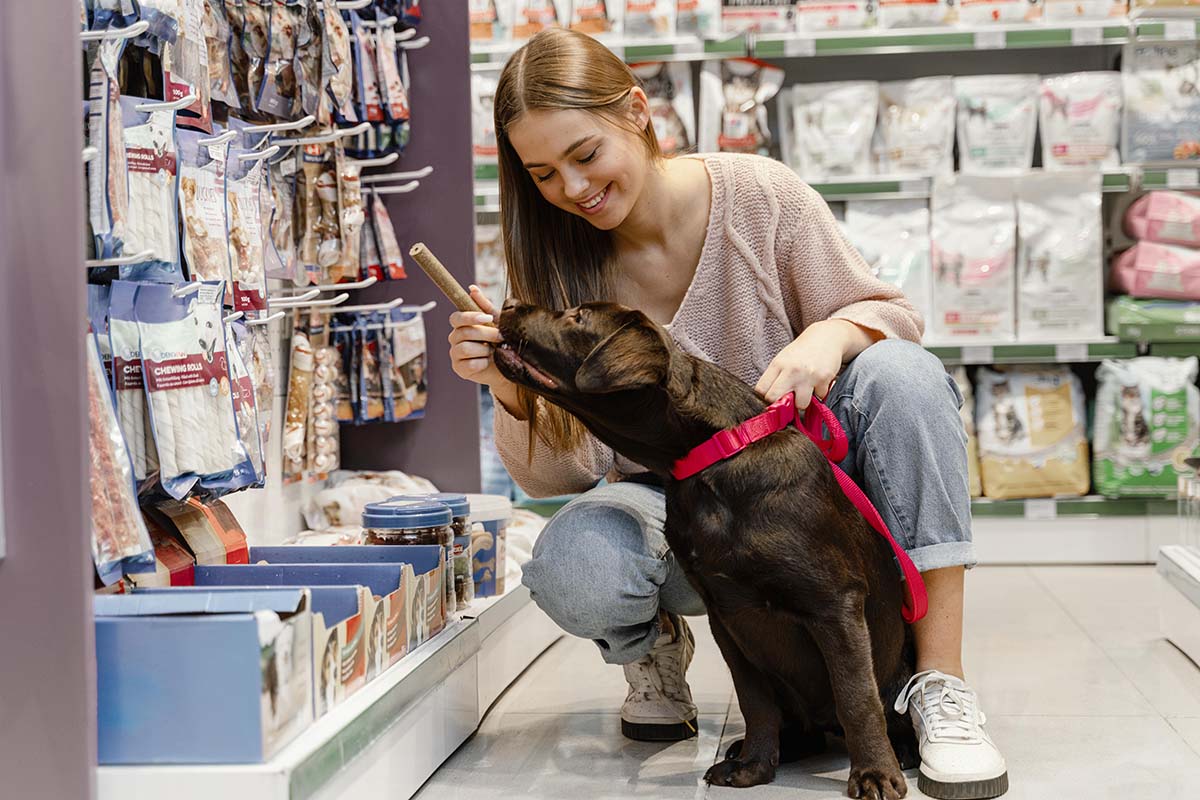Stop Dog From Barking in Apartment
A small apartment is not the best place to raise a dog. There’s limited space, and the neighbors are too close, so they can hear it clearly when your dog barks. But not everyone can immediately afford a house with a yard in a good neighborhood, so it’s the owner’s responsibility to teach their pet how to adjust.
Dogs communicate through barking, and it’s unreasonable to make them stop doing it altogether. However, excessive barking is disruptive and undesirable behavior, and it can escalate to aggression later. If you’re living in an apartment with your pet, there’s even more reason for you to address the problem urgently. The blog Ilovechihuahua.dog has a lot more information and useful guides that could help you to better understand your dog if needed.
Reasons Dogs Bark
Dogs bark for the same reason people talk. It’s one of the types of vocal communication dogs use. Their bark can have many different meanings, but dogs commonly bark for these reasons:
Establishing territory. Dogs are territorial animals, so when a person, another dog, or other animals intrude on their territory, this triggers their barking. If the person or animals don’t heed the warning and don’t stay out, the dog can bark louder and get aggressive when they feel threatened.
Alarm/fear. Although they’ve been domesticated long ago, dogs still retain many of their wild instincts. That’s why it’s never good to startle them.
They can bark when alarmed or afraid and turn aggressive when you cross their boundaries. This happens when there are sudden noises and movements or when strangers approach them. Dog owners can combat this effectively with calming treats by KarmaPets on https://karmapets.org/. Hemp-infused products are proven to benefit humans and animals and are great anti-inflammatory options.
Boredom. As curious and active creatures, dogs can get bored quickly when there’s nothing to keep them busy or when left alone for a long time, so they will bark to express their unhappiness.
Seeking attention. Like how people will talk to get your attention, dogs will bark to call you and tell you what they want, whether it’s food, a pet, a treat, a toy, or a walk.
Greeting. In dog language, barking can also mean “Hi!” “Hello!” or “How are you?” This type of barking is usually accompanied by an excited tail wagging and, sometimes, jumping.
Responsive barking. Also known as socially facilitated barking, responsive barking occurs when dogs excessively bark when they hear the barking of another dog.
Separation anxiety. This is a behavioral problem in which a dog gets extremely nervous, destructive, and disruptive when left alone, even for a short period. Excessive barking, as a result of separation anxiety, is also called compulsive barking.
Barking is usually accompanied by compulsive behavior, like pacing, destroying things, repetitive movements, and uncontrolled urination and defecation. This will need the help of a veterinary behaviorist or certified animal behaviorist to treat or you can try home remedies like cbd dog treats.
The Different Approaches to Stop Your Dog from Barking
Excessive barking is not a problem you can solve overnight, and there’s no magic tool to get your dog to bark less instantly. A shock collar will only hurt your dog, but it won’t stop their unwanted barking. Yelling and scolding your dog will never make them stop barking; it will encourage them instead. Preventing your dog from barking too much will need a lot of time, effort, patience, practice, and consistency. There are five approaches you can try to get your dog to bark less:
- Training
- Exercise
- Sight blocks
- Desensitization
- A safe and quiet zone
Before trying one approach, identify first what’s causing your dog to bark excessively. Only when you know the source can you select the best strategy to get their barking in control. Again, don’t expect your pooch to stop barking completely. That’s like asking a person never to talk or make a sound again. Barking is simply part of being a dog.
How to Use Different Approaches to Curb Barking
-
Training
Training can be done to unlearn or reverse many undesirable behaviors in dogs, including excessive barking. There are a variety of commands you can teach your dog to curb their excessive barking:
Bark. To teach your dog to be quiet on command, they must first learn to bark when you tell them to. You can tell it’s dark because there is light, and you can identify what’s bad because it is good. In the same way, your dog can learn to be quiet when it can also be loud. Train your dog to bark using the command “Speak.” Wait for them to bark twice or thrice before presenting a tasty treat. The treat should be soft, small, and easy to eat for immediate gratification. After your dog stops barking to investigate the treat, praise them, and feed them the treat. Do this again and again until your dog consistently barks on command.
Quiet. After your dog masters the “Speak” command, you can then teach them the “Quiet” command. For this to work out, you must be in a quiet place with no distractions.
Tell them, “Speak,” and when they start barking, tell them, “Quiet,” and present a treat to their nose. Praise them for being quiet and feed them the treat. Practice this until they can consistently be silent when you tell them to.
Sit/stay/lie down. One way to stop your dog from barking is to issue a contrary command that will distract them from what they intended to do (barking). “Sit,” “Stay,” and “Lie down” are all basic commands that all dogs should learn. It takes a lot of time and patience to train your dog to be quiet on command, but in the end, getting their barking in control is well worth the effort. Plus, it’s healthier for your dog to be calm and relaxed rather than, well, barking mad.
Exercise
Every dog needs exercise, but how much depends on their energy levels. Dogs who don’t exercise enough will quickly get bored and restless, resulting in disruptive behavior, like excessive barking. In this case, ensuring adequate exercise can stop them from barking too much. And if your dog doesn’t have energy left to play, then they likely won’t have enough to be rowdy.
Brilliant dogs also need mental stimulation to stave off their boredom; otherwise, they can get into worse troubles than barking. If you’re leaving your dog at home for some time, make sure to prepare interactive toys, particularly those that dispense treats, to keep them busy.
Consider getting somebody you can trust to walk your dog for 30 minutes or so during the day or when you’re not at home. Or you can also send your pooch to doggy daycare twice or thrice a week. If they use their energy to play, exercise, and socialize, they won’t have much left to bark excessively at home.
Stop dog from barking in the apartment: sight blocks
Territorial and alarm barking are usually triggered by someone or something encroaching into their boundaries or personal bubble or when they see or hear something that catches their attention. You can stop them from barking by blocking their view of the stimulus.
You don’t usually have your own yard in an apartment, so there’s no fence where your dog can bark at people passing by. However, your pooch can still see from the window and bark at anything that catches their attention.
This may be a person or another animal they think is a threat or is trespassing on their territory. Use either blinds or curtains and keep them closed to keep your dog from seeing things that trigger their protective instincts.
Desensitization
Desensitization is a vital aspect of training for dogs to be calm and well-adjusted. Therapy and service dogs usually undergo such training; that’s why they’re so tranquil while remaining alert at the same time. Desensitization will reduce your dog’s anxiety/alarm over and fear of different things, especially strange ones.
This type of training simply gets your dog used to many different things, sights, sounds, smells, and stimuli so they don’t get spooked easily and react aggressively. If your dog responds to unfamiliar things by barking, you can gradually desensitize them so that they will stop reacting after they notices the stimulus. The key to this is slow, measured, and supervised exposure to the stimulus and using rewards in the form of treats, toys, or praises to create a positive association with it.
A Safe and Quiet Zone
Dogs can feel emotions, maybe not in the complex way people do, but canines and other animals do think and feel. That’s why dogs can also get frightened and feel uncomfortable. Sometimes, excessive barking is a result of these negative feelings. An entire apartment without your comforting presence can also feel very oppressive to your pets, and their fear and loneliness can trigger their barking and howl too.
Hence, your dog must have a safe and quiet place to retreat when they feel overwhelmed by something or their surroundings. Have a designated spot for your dog in the apartment. You can choose a corner that they like, lay down some bedding (those that have your scent on them) or even clothes you’ve worn, and prepare their favorite toys in the area to create their safe and quiet place. You should fill their corner with stuff that is familiar to them and all their favorite things so they can feel more secure and more comfortable.
If you don’t have a lot of space to build a doggy house indoors, you can also use a crate or cage as their safe and quiet place. Just make sure it’s tucked away from the noises and movements inside and outside your home.
Stop dog from barking in the apartment: final thoughts
Raising a dog in an apartment may not be an ideal condition, but it’s not something many dog owners can avoid, especially if they live in the center of the city. Many dogs who haven’t been exposed to many different things and are appropriately socialized have barking problems. As a fur parent, the best you can do is to get your pooch acclimated to the city lifestyle. That means providing them with the proper training so they can survive and thrive amid the urban chaos.





















